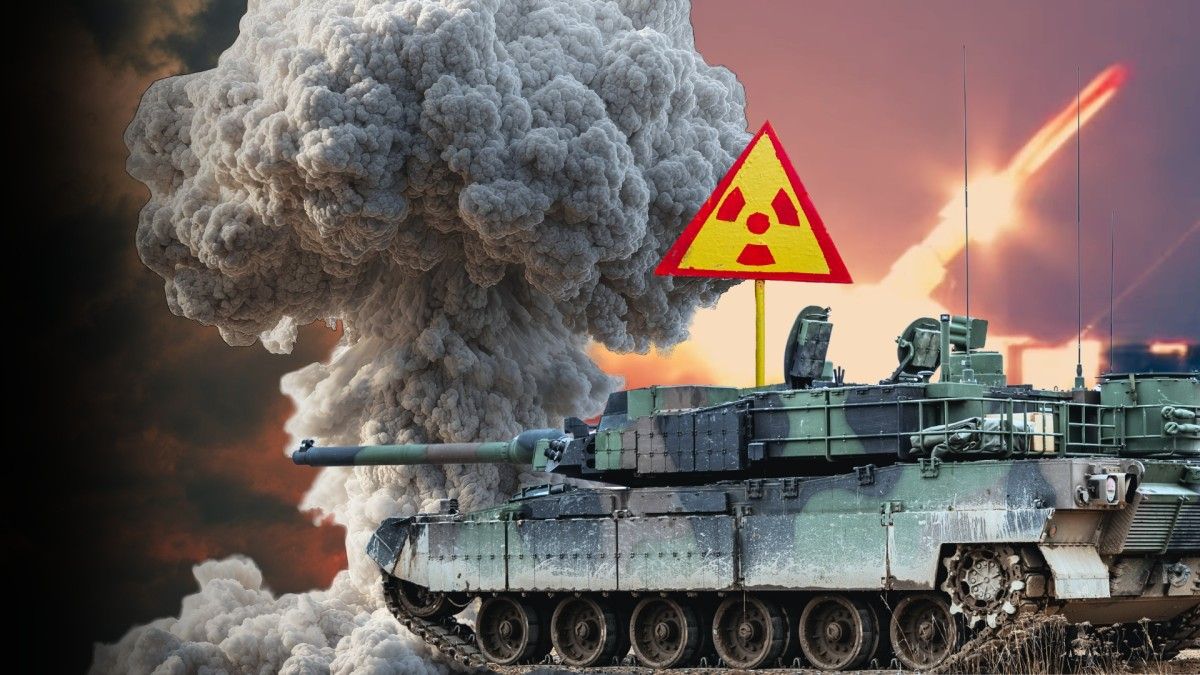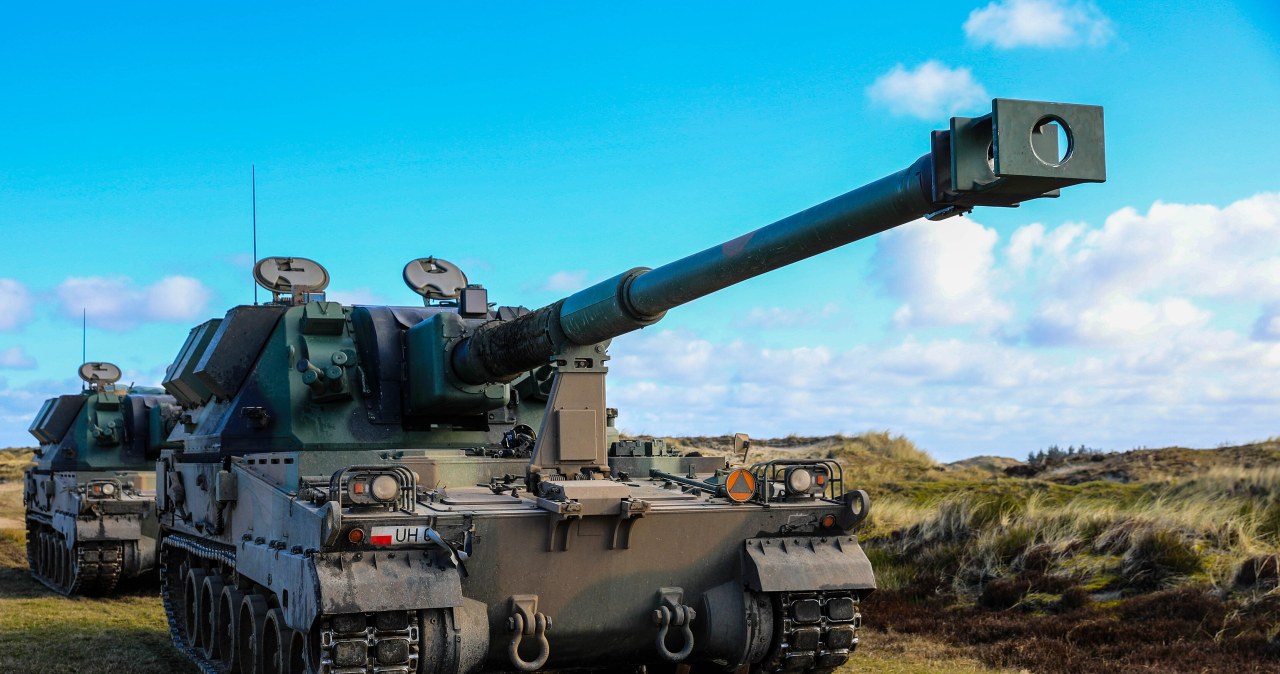The signing of the Ribbentrop-Molotov Pact was a hiobic news for all countries afraid of a fresh war in Europe, and especially for Poland. Here are 2 totalitarian states that have established a non-aggression agreement, which in fact contained a secret clause with the most aggressive plan to divide the territory of Poland and another countries of Central Europe.
August 23, 1939 in Moscow. From the left stand: Head of the German Ministry of abroad Affairs Friedrich Gauss, German abroad Minister Joachim von Ribbentrop, Józef Stalin and the National Commissioner (minister) for abroad Affairs of the USSR Wiaczesław Molotov.
It is said that German-Soviet pact documents, which is in fact the 4th partition of Poland, in addition to the signatures of Ribbentrop and Molotov there are traces of alcohol stains – traces of joy of representatives of 2 would seem opposing and hostile ideologies... For any of the old communists (many of them were left after the purges of 1937) the sight of Joseph Stalin rising before Joachim von (this noble erstwhile wine merchant credited himself with unjustly) Ribbentrop's toast to Adolf Hitler's wellness must have been a shock. What they did not show, although they could already get a small acquainted with the fetination of the Nazi figure, erstwhile at Moscow Airport, where the plane with the German abroad Minister was to land, flags with swastikas hung. They were painted in other pages than the authoritative ones, as they had previously served as props in anti-Nazi propaganda films... After all, the russian Union has so far been a refuge for all anti-fascist movements in the world. On the another hand, the 3rd Reich stood in the first line of anti-communist crusade.
Brunat-red business
Quoting Shakespeare, in fact for both dictators these manifestations of ideological conflict are “words, words, words”. For immediate political benefits, they could contradict themselves and lie to their own eyes – Hitler and Stalin in this respect were very akin and equally ruthless in pursuing their goal. And this immediate goal in the summertime of 1939 was primarily the demolition of Poland. For Stalin, the old slogan with the failure to the Republic of the war in 1920, that after the “dead of Poland” would carry russian ideology, was inactive valid. The pact with Hitler gave him time to prepare for the war, while at the same time ensuring the capture of the Baltic republics (Lithuania fell into his hands after correction of the pact on 28 September) and a crucial part of the territory of the Polish state without much effort. The russian dictator realized that the Red Army, after being decimated on his orders, was inactive a colostrum on clay legs (provided this campaign against Poland on September 17, 1939). Of course, he was besides pleased that he would be able to watch securely how “the Western imperialists would go after the heads of Hitler”, and erstwhile they had weakened adequate to strike—his “tank fist” in 1 coup will choice up Berlin and Paris (it could have actually gone distant if Hitler had not given his “sowler” a informing in June 1941).
Thanks to the pact with Moscow, Hitler gained not only a free hand in the aggression against Poland, but besides in providing assistance to the Red Army in the fight against it and an crucial aspect for Berlin: guaranteeing the neutrality of the Soviets during the conflict with Western states. After all, fighting on 2 fronts has been a scourge of German staffmen since Great War (it yet came true, but in 1939 it would have been a disaster for not rather prepared for the German war). prof. Andrzej Garlicki points out: “The Ribbentrop-Molotov Pact is frequently called the 4th Partition of Poland. That's a name that's good for the essence. 2 neighbouring states have concluded an agreement on the division of their territory among themselves. After a fewer weeks, this agreement was implemented. [...] Both partners signing the Kremlin pact treated it as an ad hoc solution. Both had goals far more ambitious than the demolition of Poland or the subordination of the Baltic republics. They were conflicting objectives, so the war between the 3rd Reich and the russian Union was inevitable."
Dancing with knives hidden behind your back
Formally and officially signed by the Minister for abroad Affairs The German Joachim von Ribbentrop and his russian counterpart Viacheslav Molotov were to settle any dispute between the 2 countries on a peaceful basis. It was so a classical non-aggression pact, but it was accompanied by a secret protocol setting out the "area of influence" of both totalitarian powers in central-eastern Europe. This protocol consisted of 4 points. The first said: “In the case of territorial and political transformations into areas belonging to the Baltic States (Finland, Estonia, Latvia and Lithuania), the northern border of Lithuania will at the same time be the border of the zones of interest of Germany and the russian Union. Consequently, both parties recognise Lithuania's interest in Vilnius area" (as noted above, Lithuania's issue was corrected at the end of September in favour of the Soviets).
The second point was crucial for the destiny of Poland and was its actual demolition: "In the case of territorial and political transformations in areas belonging to the Polish State, the boundary of the zones of interest of Germany and the russian Union will be about along the lines of the Narwi, Vistula and Sanu rivers. The question of whether it will be in common interest to keep an independent Polish State and what the borders of that State will be can be yet clarified only during further political events. In any event, both governments will deal with this issue through friendly agreement" (in this case, there was besides a correction of the findings in the course of the war: in exchange for Lithuania, the Soviets gave up Lublin and the east part of Mazovia to the Germans).
The 3rd point referred to Romanian Besarabia – the Soviets emphasized interest in this territory, On the contrary, Germany declared its absence, which resulted in russian aggression. At point four, both parties declared that the protocol would be kept secret. In addition to territorial and strictly military issues, economical cooperation was guaranteed. Transports of agricultural produce and mineral resources began to flow to Germany – with oil at the head, and technologies from Germany. The intelligence and safety services of both totalitarianisms, including Gestapo and NKVD, besides cooperated, and not only aimed at Poles after the outbreak of the war. inactive at the end of August German refugees – political opponents of Hitler, as well as judaic origin – Stalin ordered the Gestapo to be handed over.
The bones were cast
However, things did not go according to the 3rd Reich Chancellor. On the date of signing the pact, Hitler approved directives setting out the attack on Poland on 26 August. But it was decided to velocity up the conclusion of the Polish-British alliance agreement (intelligence and diplomats of western states – the United States, France and the United Kingdom – very rapidly discovered the existence of the secret clause of the Ribbentrop-Molotov pact, but did not pass this cognition on to the Polish ally, not primarily to annoy Stalin). It was signed on 25 August, and the British side committed to giving Poland in the event of an armed conflict with Germany “any assistance and support in its power”. This meant that the possible war with Poland would not only be a local conflict, but would become global. Aggression to Poland was so to start planet War II. At the same time, the Italians, the largest German allies in Western Europe, informed them that they were not ready for war yet and would not be ready until 1942. In view of all these news, Hitler ordered to decision the attack on Poland by a fewer days (the order did not scope all units, which resulted in many border incidents).
At the same time, he took a fresh propaganda action, providing the West with his peaceful intentions. This was the nature of the ultimatum of August 30 – not handed over to the Polish ambassador in Berlin – counting respective points of the "peaceful resolution of the conflict about Gdańsk" and in fact meaning unconditional surrender of Poland. The Germans gained so much that under British pressure, the Polish authorities delayed by 1 day announced on 29 August universal mobilization. The second after Hitler, Stalin, despite signing a pact with Germany, was not entirely certain that the offensive would start immediately after the outbreak of the war from the west. After the German aggression to the Republic of Poland, he left the Berlin's request for an immediate attack on Poland erstwhile Wehrmacht began to deficiency artillery ammunition. It was only erstwhile his spies informed him of the Allied staff's findings at the Abbeville conference on 12 September that there would be no French-British offensive to aid Poland. At dawn on September 17, 1939, the Red Army began fulfilling its obligations under a pact with Nazi Germany.
Bibliography:
Czesław Brzoz, “Poland in times of independency and planet War II (1918–1945)”, Kraków 2001;
Wiesław Dobrzycki, "History of global Relations in Modern Times", Warsaw 1996;
Andrzej Garlicki, "History of 1815–1939. Poland and the World", Warsaw 2003.











